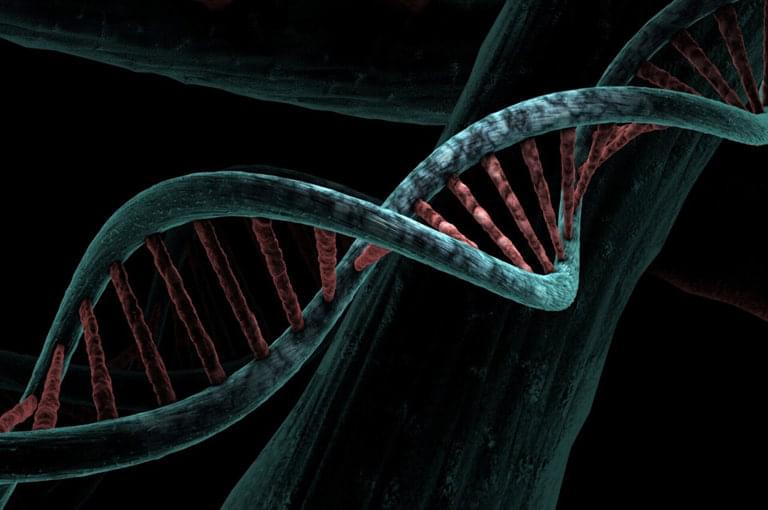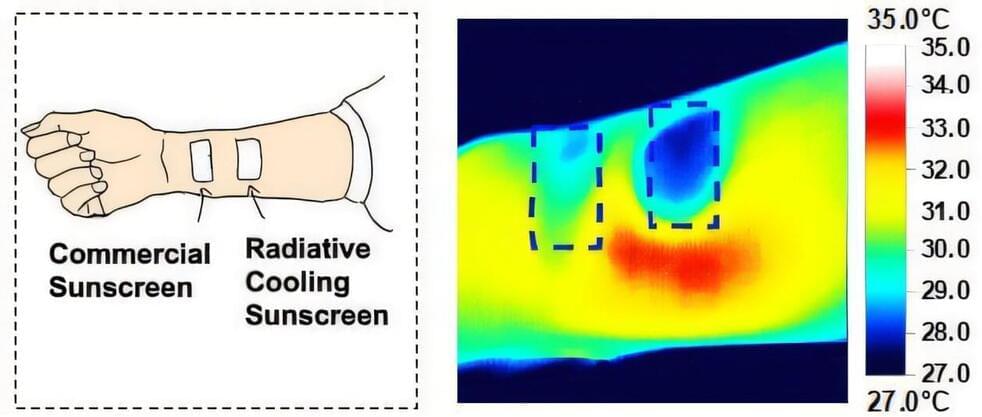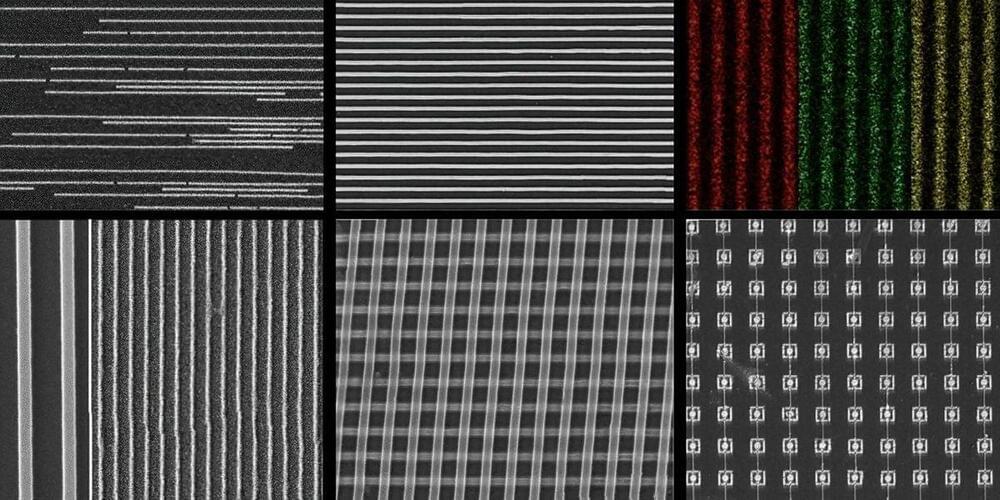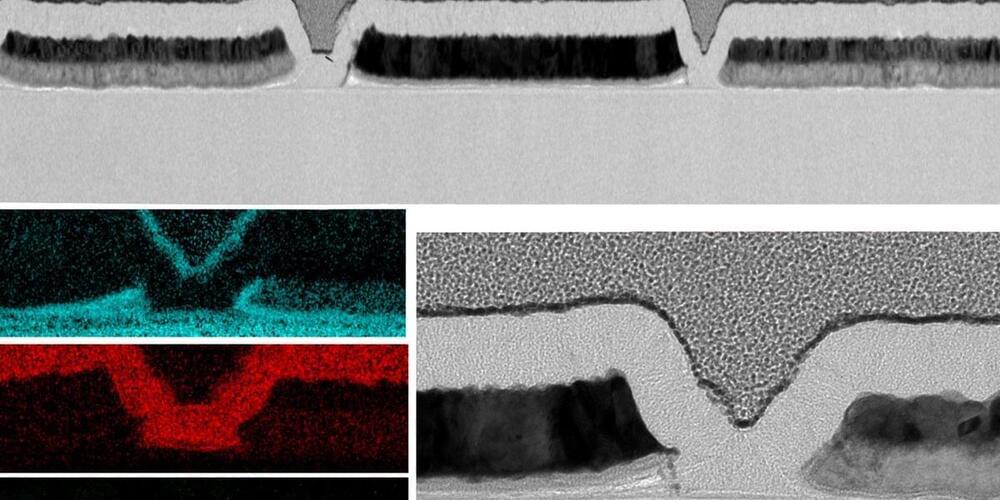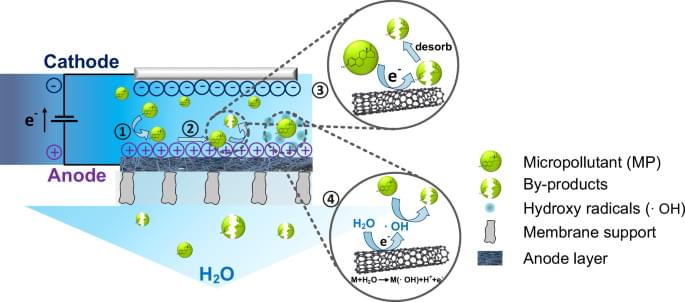A method for imaging spin waves in magnetic materials uses flash-like intensity variations in a laser beam to capture the wave motion at specific moments in time.
The magnetic moments, or spins, in certain materials can twirl in a coordinated wave pattern that might one day be used to transmit information in so-called spintronic devices. Researchers have developed a new way to image these spin waves using an infrared laser that essentially flashes on and off at a frequency that matches that of the spin waves [1]. Unlike other spin-wave probes, this strobe method can directly capture phase information that is relevant to certain applications, such as hybrid devices that combine spin waves with other types of waves.
A spin wave can be triggered in a magnetic material when some perturbation causes a spin to oscillate, which can then generate a wave of oscillations that ripple through neighboring spins. Spin waves have several properties that make them good candidates for information carriers. For one, they have relatively small wavelengths—a few hundred nanometers at a frequency of 1 GHz, whereas a 1-GHz photon has a wavelength of about 30 cm. This compactness could conceivably allow researchers to build spintronic components, such as waveguides and logic gates, at the nanoscale. Another advantage of these waves is that the spins remain in place, and only their orientation changes. So the heat losses that affect the moving charges in traditional electronics don’t exist.



